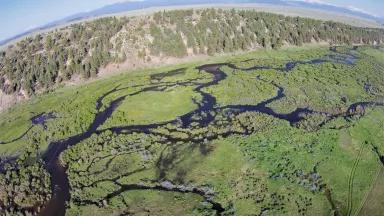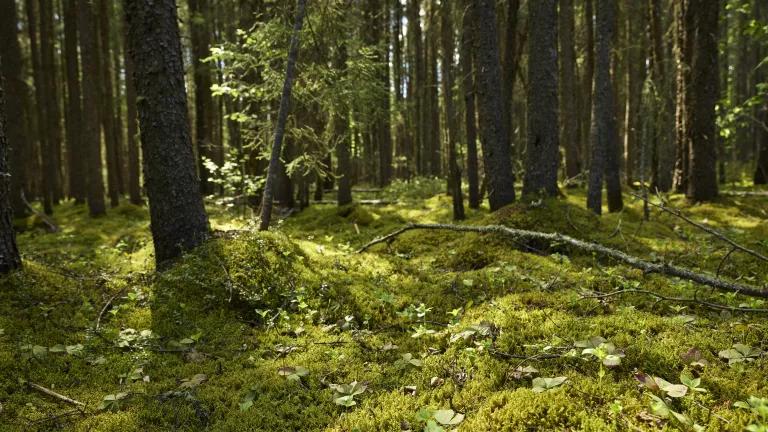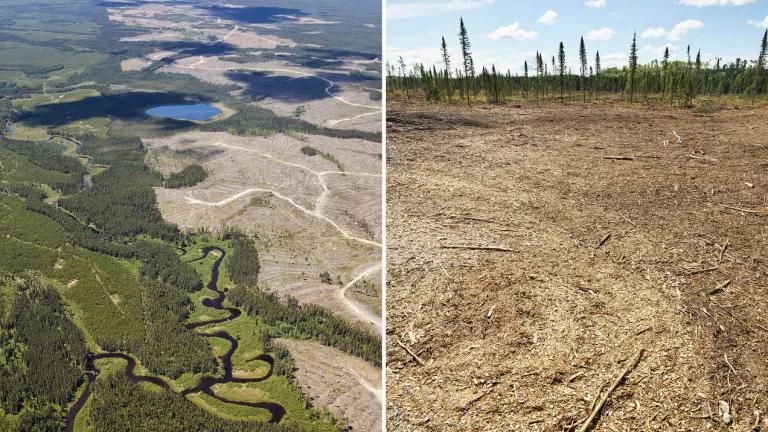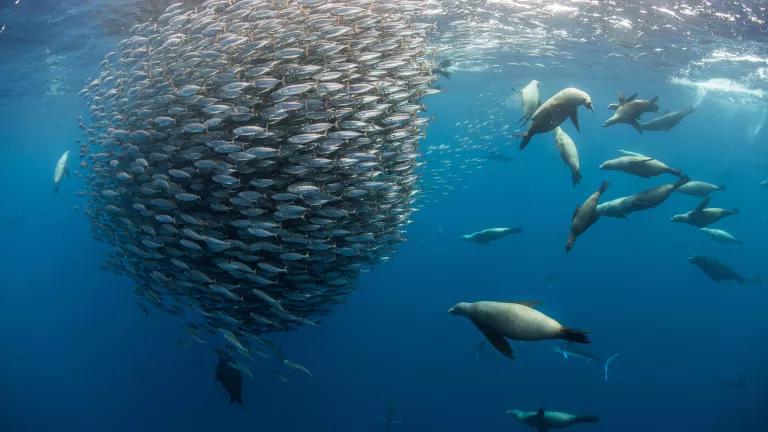No Longer Working Against the Stream
Now more than ever, there is a critical need to revitalize healthy riverscapes in the West.

A healthy riverscape in Colorado
Mark Beardsley
The fact sheets spotlighted here were co-authored with the National Wildlife Federation and American Rivers.
Healthy riverscapes are critical natural infrastructure; they filter pollution from our water, support fish and other wildlife, form natural firebreaks, and buffer communities from the impacts of flooding and drought. These functions are especially beneficial in the semiarid and arid West, where communities and wildlife are already confronting water insecurity, wildfires, and persistent drought. Unfortunately, most riverscapes in the West barely resemble their former selves and no longer provide meaningful habitat or regulate the filtering and flow of water as we need them to do. Luckily, there are proven restoration techniques that can be used to kick-start natural processes and increase the benefits that our waterways provide to people and nature.
NRDC is pleased to share a set of four fact sheets designed to increase understanding of and appreciation for the benefits that healthy riverscapes provide and the steps we can take to revive them.
The fact sheets cover the following topics:
- How we constrained our riverscapes over time and lost many of the benefits they provide, and how riverscape restoration in the West can aid efforts to build resilience and adapt to climate change.
- The ecological, community, and economic benefits of healthy riverscapes.
- Five strategies to restore riverscapes and re-establish the nature-based services that have been lost over time.
- Policies and programs the Bureau of Land Management can use to restore riverscapes.
Building resilience one riverscape at a time
Climate change and the loss of healthy riverscapes are already harming western communities. To meet the urgency of this moment, we need to deploy proven restoration techniques to return ecological health to our riverscapes. Such investments will help turn degraded stream channels into healthy, functioning riverscapes that will yield greater and more consistent benefits in water quantity, water quality, habitat quality, and carbon sequestration while simultaneously increasing resilience against drought, flooding, and wildfire. In doing so, we can build long-term resilience for our lands, rivers, wildlife, and communities—and our collective future.
Downloads






